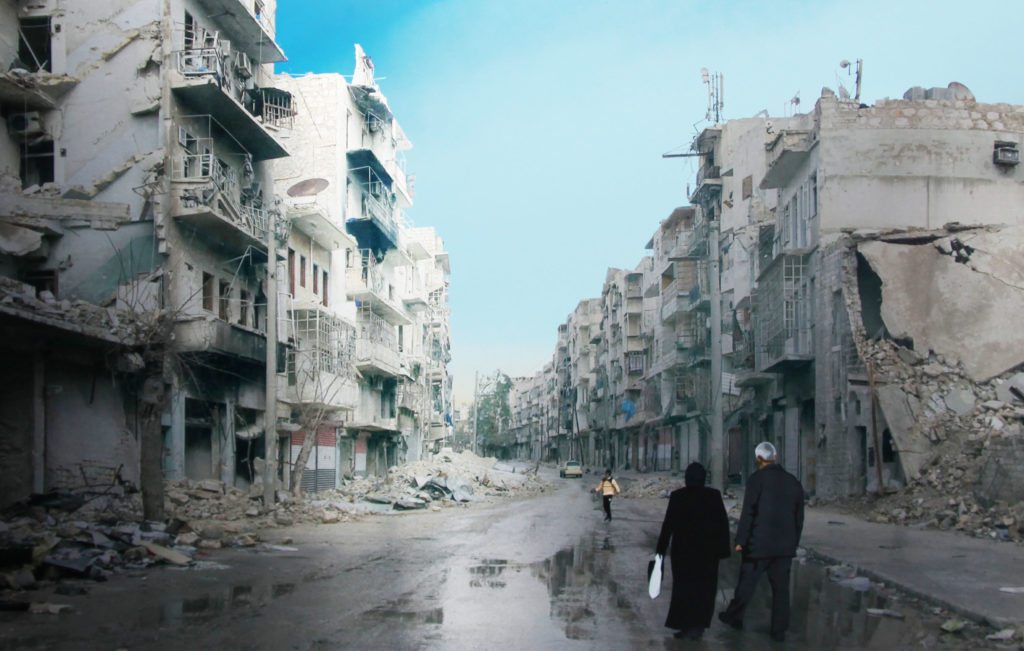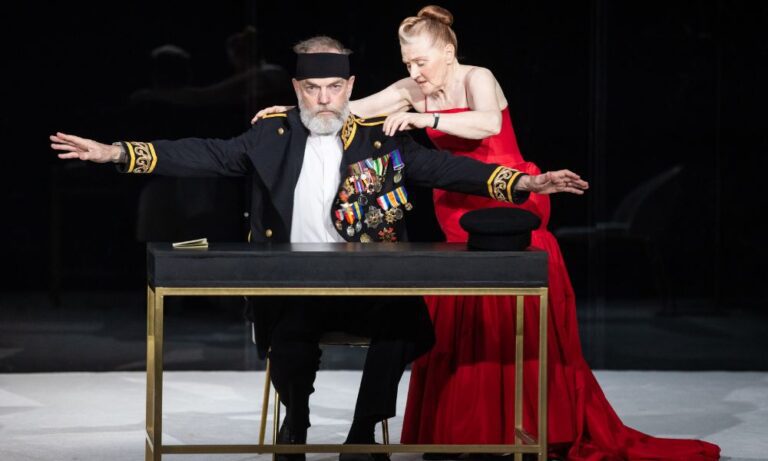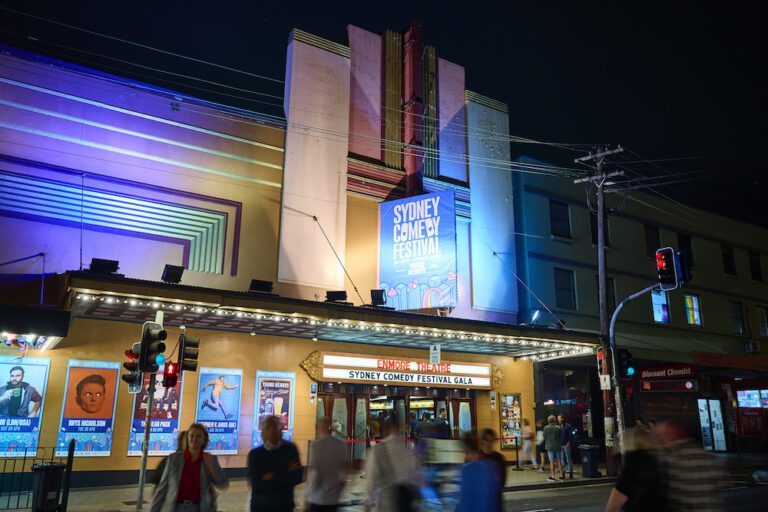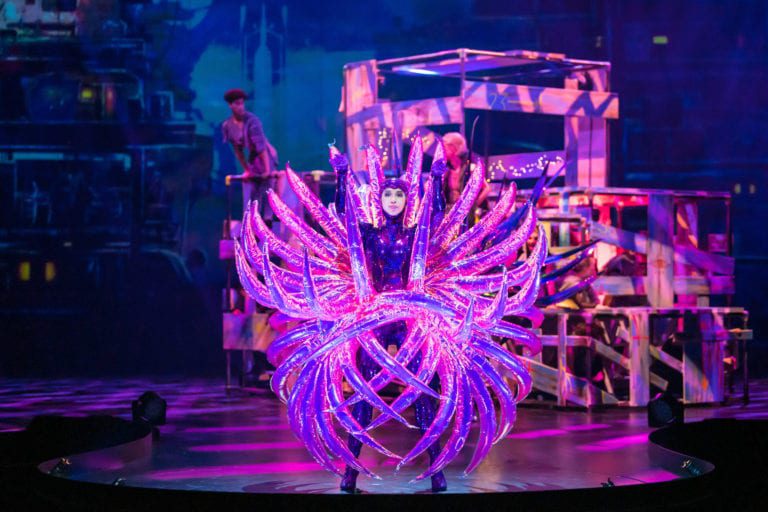Under the pseudonym of ELK, stencil artist Luke Cornish creates powerful images from handmade stencils that spark conversations around race, religion, conflict and the human condition.
Born in Canberra, the former blue-collar worker says that it was a mixture of apathy and boredom in his early 20s that saw him experiment with making art using spray paint and Stanley knives. His technique is as intricate as it is inspired. Using up to 85 layers of carefully hand-cut acetate, Cornish delicately sprays layers of aerosol paint until his images appear almost life-like upon the surface.
These hyper-realistic works are highly emotive, with the shadows of the stencils allowing the portraits to be imbued with great depth.
Cornish began exhibiting his works across Australia, and has received great accolades from the public and art world alike. He has been awarded the Australian Stencil Art prize and has also been granted a Churchill Fellowship. However, it was his nomination as a finalist in the prestigious Archibald prize for his portrait of controversial Catholic priest Father Bob Maguire, that gave Cornish some of his greatest prominence as an artist.
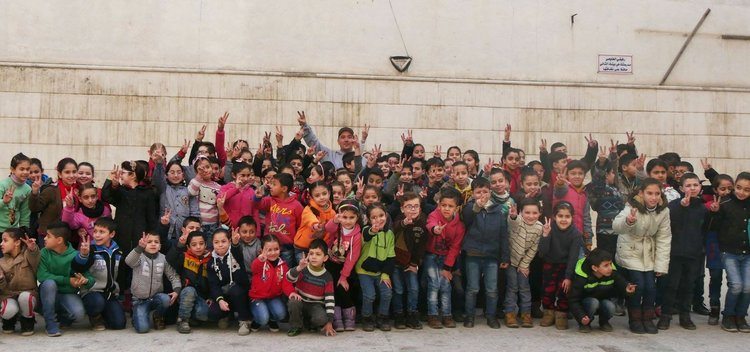
Here, Cornish had proven that stencilling was a viable art form that could compete with the more traditional art methods. Now based in Sydney, his work sees him travel to some of the most dangerous conflict zones in the world, with his most recent trip abroad being a venture to Syria. He only returned from the country in March this year, and is preparing to return again in October. In doing so, Cornish says that he is motivated to cover the conflict in a new way, and is greatly influenced by modern war artists, including George Gittoes, Ben Quilty and Richard Flanagan. He says that Flanagan once told him, “These people aren’t like us; they are us.” “This just sums up the whole experience when you get over there,” Cornish says. “They are us over there.”
It is this human aspect of the Syrian war that most affected Cornish on his first visit. “What struck me the most, is the hope, generosity and defiant positivity of the people of Syria,” he says. “They are tired of a war they have no say in. They don’t want sympathy, they just want the bombs to stop.”
It is the aim of giving a voice to those caught up in the Syrian conflict that has motivated Cornish for his latest exhibition “Zero to the Left.” He says that while we are all guilty of switching off to images of crises like Syria, it is important to remember the human element to these news stories. “I want to say to the people of Syria, ‘We haven’t forgotten you’.”
The exhibition will showcase Cornish’s original works on aluminium canvas, alongside a combination of drawings completed by Syrian children.
Cornish will also be holding a fundraiser later in the year to help support the creation of an art therapy charity in Damascus, which will provide art therapy for traumatised children. “I feel like you should be creating some positive impact in what you make, no matter how small,” says Cornish.


